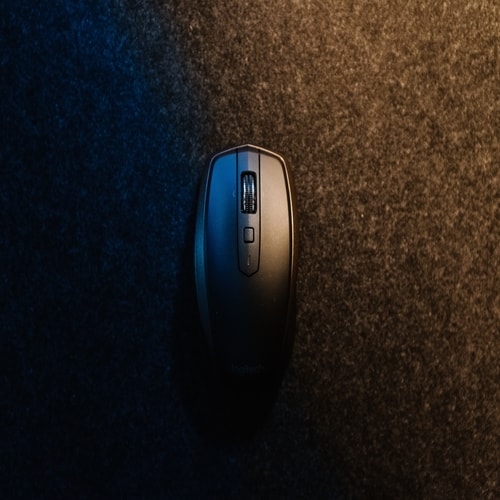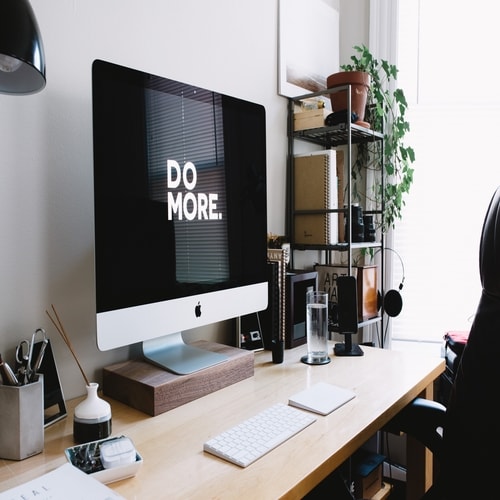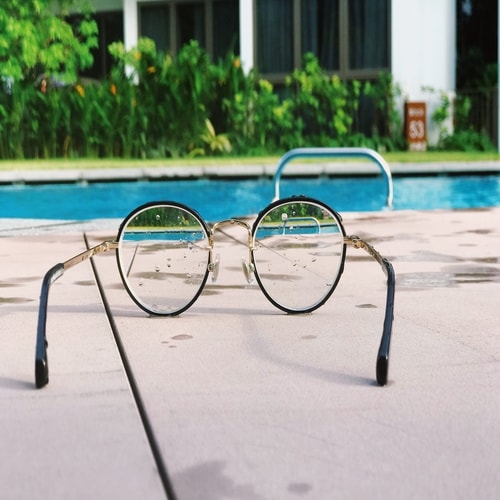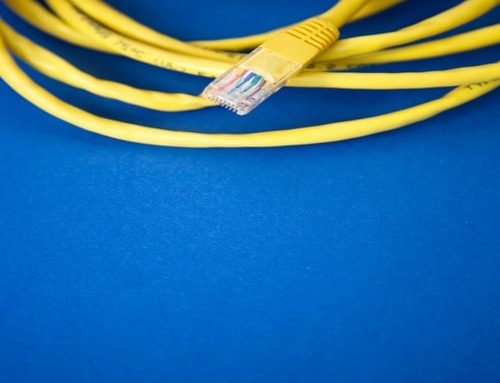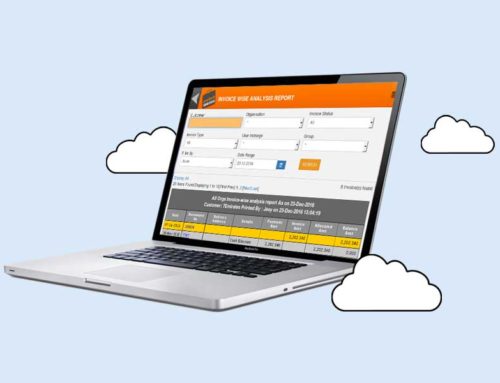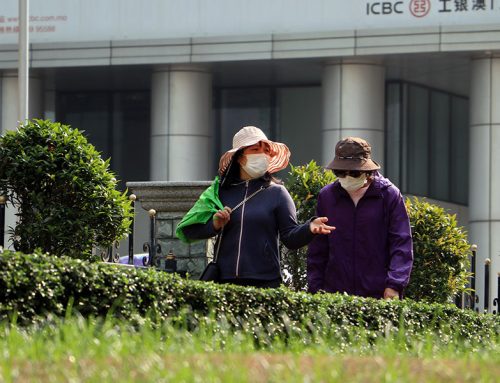The recently concluded National Retail Federation’s Retail Big Show 2020 held in New York City showcased the upcoming trends of the retail industry. The four-day exposition gave us a glimpse of how technology can change the face of the brick and mortar shops. National Retail Federation (NRF) is the world’s largest retail trade association located in New York City. It was established in 1911.
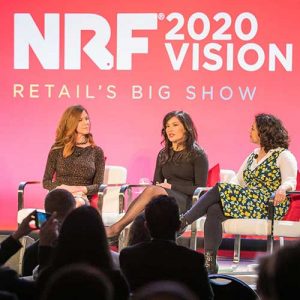
This year, one of the major focus areas at NRF 2020 was Computer Vision in the retail industry. NRF 2020 demonstrated the usefulness of Computer Vision in the retail sector- may it be inventory management, hassle-free checkout, or store security. The 40,000 attendees of the annual event got to see various exhibits from 800 exhibitors coming from 99 countries.
What is Computer Vision?
Computer vision is the science and technology of acquiring an image, processing it, and then classifying or understanding it. Based on the intelligible analysis of an image, machines take tangible action using Artificial Intelligence. This is an interdisciplinary topic and the images can even be from a video, video sequences, or output of single or multiple cameras.
Studies in Computer Vision started in the 1960s at an academic level along with the studies in Artificial Intelligence. In general, Computer Vision can be used for object recognition, motion analysis, scene reconstruction, and image restoration. Even though Computer Vision is still considered a nascent topic, its application has been successfully demonstrated in the retail sector.
Computer Vision in Retail Sector.
Computer Vision has been successfully exhibited in the retail sector. There are several pilot projects which show it as a useful technology that will change the retail sector in the coming times. Here are a few examples.
Cashier-less Stores:
Computer Vision can enable cashier-less stores. The shoppers can simply pick up their articles and leave the store. They are automatically charged from their nominated credit card. This is due to the array of cameras in the store which helps identify the customer, its interaction with a particular shelf, the type and quantity of goods taken. The Amazon Go store first launched this concept with success. They plan to have several hundreds of similar stores in the coming years.
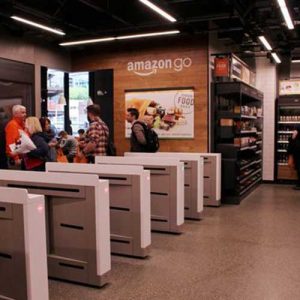
Similarly, Sam’s Club, a store in Dallas, Texas launched the grab and go concept in 2018. Walmart is also not far behind in the race.
“It is estimated that in the United States, 7% of retailers have updated cashier-less technology, and another 15% plan to have it installed in the next year”.
The grab and go technology removes the customer wait time at the checkout counter, increases customer experience, and encourages buyers to the retail stores.
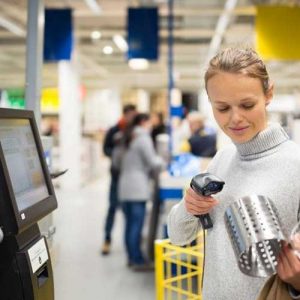
Shelf Management:
Store associates spend hours managing the store shelves. The scenario is precarious for large stores. Thus the stocks on the shelves are replenished at weekly or fortnightly intervals turning away customers from empty shelves even when there are supplies in the stock room. To address this problem, robots equipped with Computer Vision can be deployed. They scan the shelves in the entire store and inform the empty shelves.
Schnuck Markets have deployed shelf scanning robots towards managing them. The robots scan the entire store three times a day and providing better insights into the flow of goods. This increases inventory management accuracy and frees the store associates who can instead focus on customer interaction.
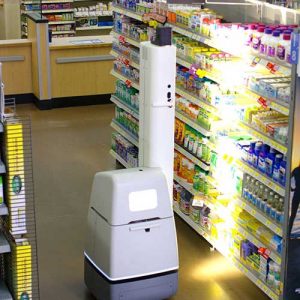
Facial Recognition:
Computer Vision can be used for recognizing the loyal customers. This helps in creating customized offers and loyalty reward schemes for the returning buyers. Also, facial recognition can help in managing the store security. Cameras placed at the store entry point are used for facial recognition purposes.
Lolli and Pops, a candy store uses facial recognition to identify its returning customers. This allows the store associates provide customized recommendations to the buyers based on their allergies, taste preferences and so on. Similarly, self-ordering kiosks of CaliBurgers use Computer vision to recognize its returning customers and serve them according to their taste preferences.
Facial recognition enables retailers to optimize customer experience helping them maintain their clientele. This innovative feature also helps attract new store visitors boosting retail business.
Smart Mirror:
Computer Vision has been used to create smart mirrors for garment stores. These devices are particularly useful in the fashion industry where a buyer can try out apparel without leaving the dressing room. The shoppers can visualize how they would look in a particular garment and can even get recommendations based on their age, size, and skin tone.
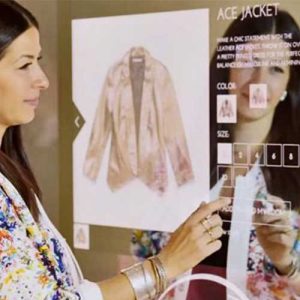
Amazon and FarFetch have implemented smart mirrors using Computer Vision. These devices reduce the effort and the shopping time of the buyers and assisting them to select the best outfit. This, in turn, improves their shopping experience, encouraging them to buy more in the bargain.
Advertisement and Marketing:
Computer Vision can be used to advertise and market the store products. By analyzing the products which interested the customers and which ones did not, stores can chalk out an advertisement and marketing plan. Computer Vision can be used to determine the demographic, psycho-graphic and behavioral patterns of the customers. This helps the store owners market their products as per the preferences of the store visitors. Also, by analyzing the heat patterns in the store, the management can optimize the shelf layout and product layout towards a better distribution.
Managing Employee Performance:
Computer Vision can be used to analyze and manage the store employee performance. For instance, the retail shopkeepers can determine the comfort levels of an employee towards a particular job profile. Both facial expressions and body gestures can be used for the purpose. This can enable a store manager to prepare better duty rosters or it can also be used to monitor the general health of the people in the store.
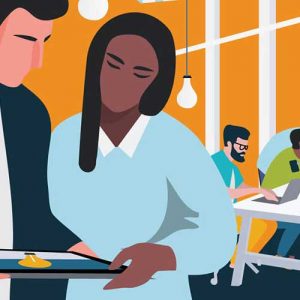
Conclusion:
It can be seen that Computer Vision, though a new technology in the retail sector promises to revolutionize it. There are many path-breaking changes waiting to happen in the near future. This will not only bring new customers to the brick and mortar shops but also increase their meaningful shopping experience.
Ready to scale your retail? Our team of POSibolt consultants are on hand to help you grow your business. Click on the link to request a callback:
https://posibolt.co.za/contact/ or visit us at
https://posibolt.co.za/

